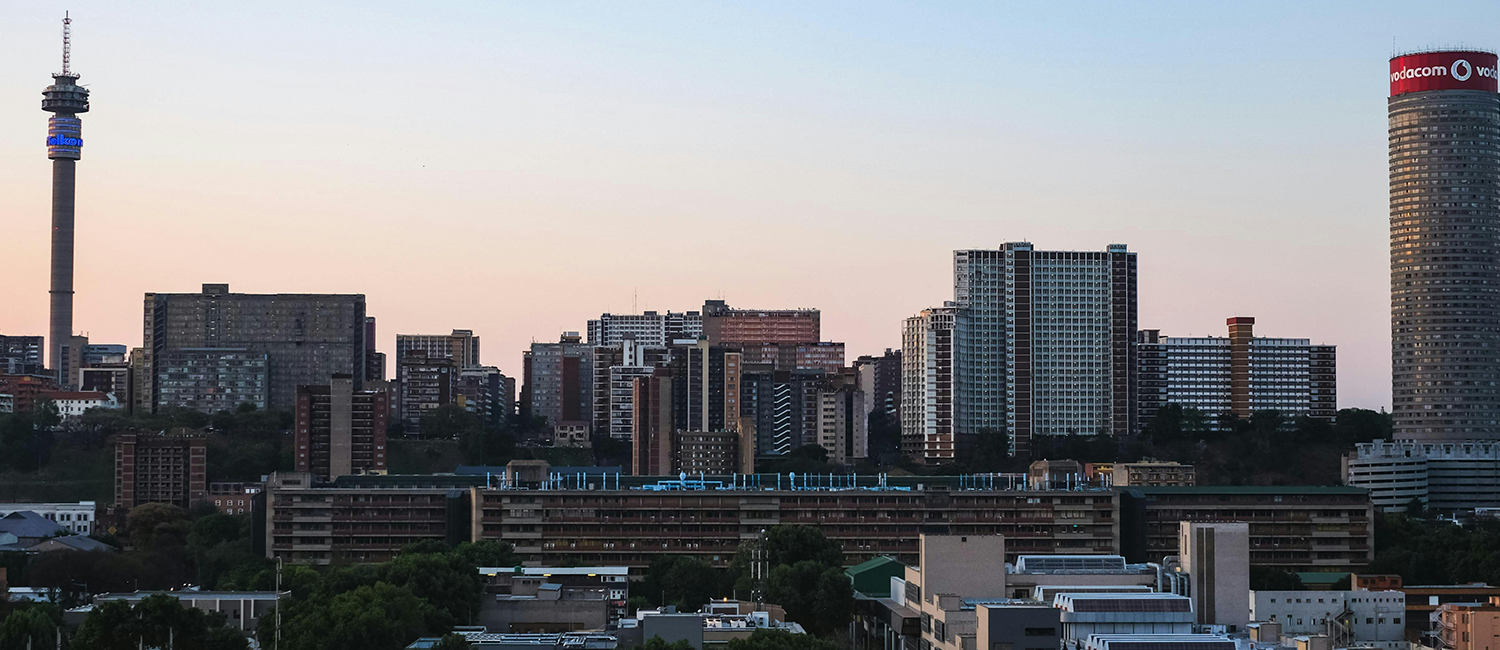Johannesburg is a city at work and displays its continuous commitment to creating a liveable, sustainable city for all residents.
The Johannesburg Development, working with the City of Johannesburg and other partners, is committed to making Johannesburg a liveable, sustainable city.
According to web encyclopaedia Wikipedia, sustainable cities are ones that are “designed with consideration of environmental impact, inhabited by people dedicated to minimization of required inputs of energy, water and food, and waste output of heat, air pollution – CO2, methane, and water pollution”.
Liveable cities are, in general, ones that provide for a good quality of life for residents, with dignified accommodation, regular services, recreational and leisure spaces and efficient transport, among others.
The challenge to build liveable sustainable cities has been taken up with gusto, with the Johannesburg Development Agency (JDA) initiating and overseeing numerous projects citywide to contribute to cleaner air, more efficient transport, a pleasant living environment and contributing to entrenching the city’s unique identity.
THE CORRIDORS OF FREEDOM
One of the JDA’s most ambitious and wide-ranging projects is the Corridors of Freedom. The city-wide development is multipronged. It aims to “restitch” the city, promoting social inclusion, bring residents closer to work and leisure opportunities, and institute a safe, convenient, efficient and affordable public transit system. The project aims to effectively overturn apartheid planning, which separated people from each other, their work and leisure, and created a sprawling cityscape not easily accessible via minimal public transport.
The Corridors of Freedom project also aims to improve the city’s air quality through reducing the need for private transport, thereby reducing the number of private motor vehicles on Johannesburg’s roads. The Rea Vaya buses, which are a central component of the Corridors of Freedom, run on low-sulphur diesel with the most advanced pollution reduction equipment and are the cleanest on the continent. And, according to the Rea Vaya website, “The City is also aiming to replace more than one third of its Metrobus fleet with modern dual fuel green buses.”
The project also requires a massive infrastructure change in the city, and aims to cater for pedestrians and cyclists. It is very much in line with Joburg 2040, the City’s long-term growth and development strategy.
The Corridors of Freedom project promotes both a sustainable and liveable city, through its efforts to reduce carbon emissions and provide a better public transport system.
The JDA is also approaching sustainability via other avenues; one of these, its inner city rooftop gardens, also promotes empowerment and skills development among many of the city’s poorest inhabitants.
JDA’S ROOFTOP GARDENS
The JDA has, along with Makhulong A Matala and various partners, helped build the rooftop garden at Douglas Village in Troyeville. The JDA funds towards the project bought garden tools, seedlings and manure, while the Food Gardens Foundation helped train local volunteers.
The gardens will provide a cost-effective source of food for the residents, and it is envisaged that eventually the operation can become commercially viable, providing income for the gardeners.
The rooftop gardens also play a secondary role; they contribute to beautifying the city. While aesthetics may seem secondary, many of the most liveable cities in the world are also quite beautiful, with wide green spaces, attractive architecture, poignant and representative memorials and artworks and clean streets.
CAPTURING JOBURG’S IDENTITY
The JDA has contributed funds to a number of projects that capture the city’s history and spirit in art and public spaces. These projects have helped cement Johannesburg’s identity as a diverse, vibrant city.
Initially the JDA worked in the inner city, in Newtown, Braamfontein, Ellis Park, the Fashion District, Hillbrow, Berea and Yeoville, and the CBD. Recently the JDA has concentrated on township nodes such as Kliptown and Vilakazi Street in Soweto, and Stretford Station in Orange Farm.
In the inner city, the JDA has partnered to revamped public spaces from Mary Fitzgerald Square in Newtown and alleyways in Hillbrow, through to Walter Sisulu Square in Kliptown and Bara Taxi Rank in Soweto. The Agency has also overseen the installation of 156 public artworks, including the 11m-hugh Firewalker at the foot of Queen Elizabeth Bridge; the 5.5m-tall Eland statue, weighing more than 20 tonnes, at the corner of Ameshoff and Bertha streets; Marina Walsh’s 22m-tall Walter and Albertina Sisulu statue at the intersection of Diagonal, Ntemi Piliso and Market streets; and the imposing statue of Nelson Mandela in a sparring stance, on Fox Street, just outside the Johannesburg Magistrates’ Court.
The JDA’s work in the city is instantly recognisable; it is always cognisant of maintaining Joburg’s unique identity, and it creates spaces and undertakes improvements that are part and parcel of a liveable, sustainable city.

